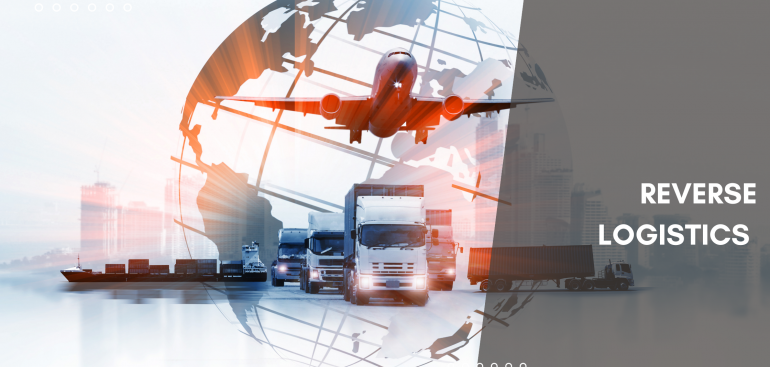Logistics is a complicated business that has many unexpected events. These need to be dealt with immediately. Reverse Logistics is one event that needs to be carefully addressed and planned. It is worth looking at the most recent statistics regarding reverse logistics to understand the significance of these growing logistics operations. […]
- Call us: +61 3 8376 6284
- Email: support24-7@gmail.com

